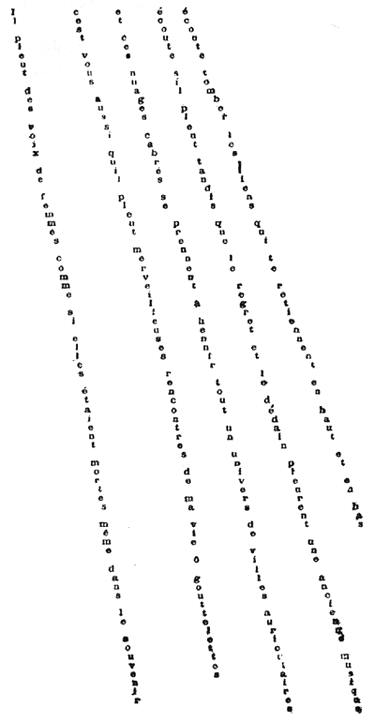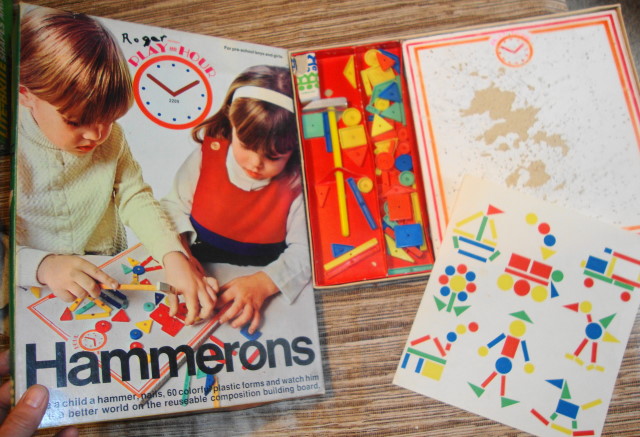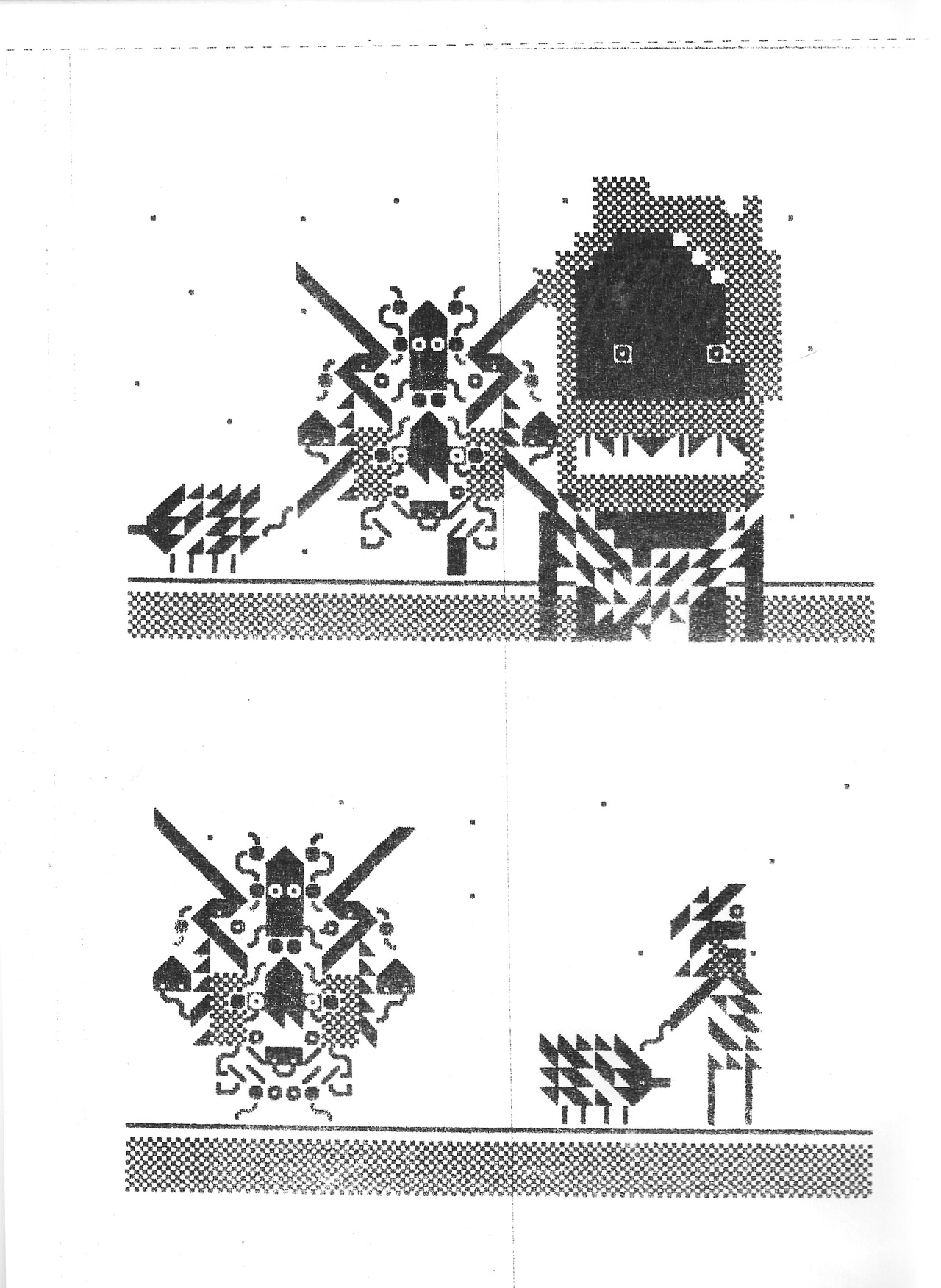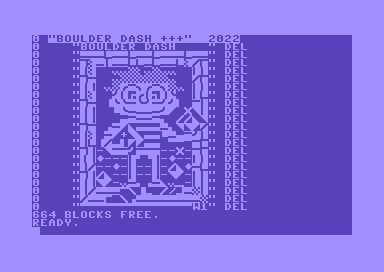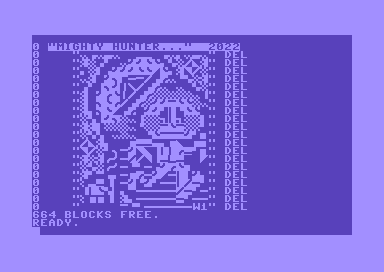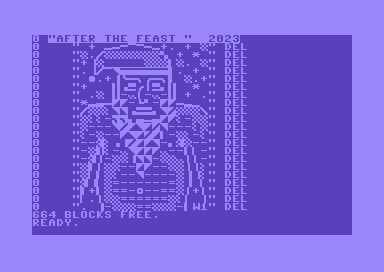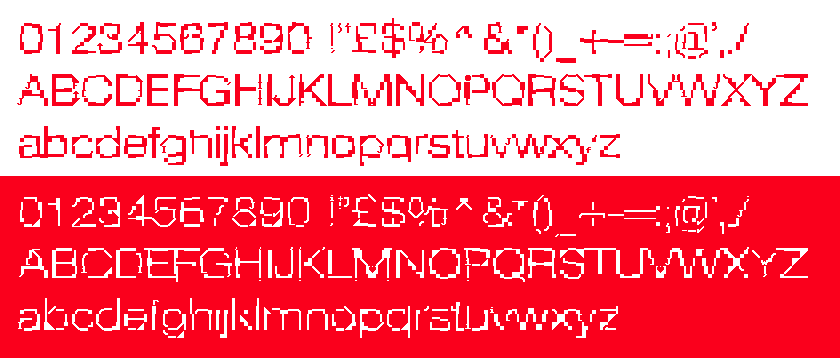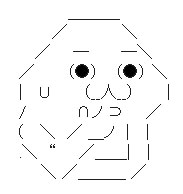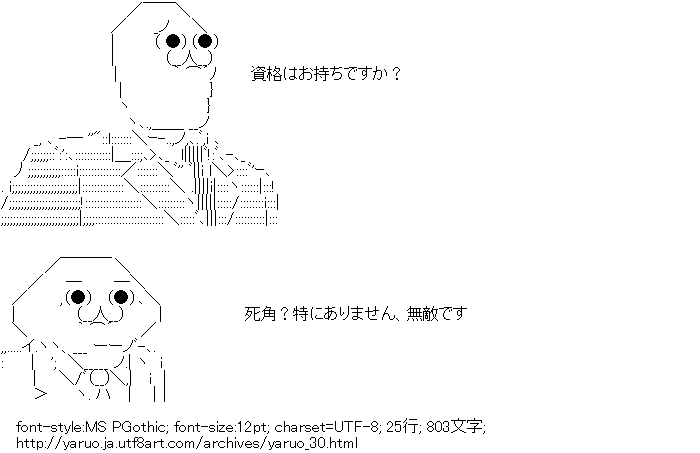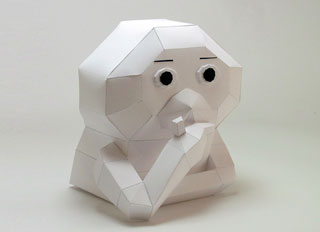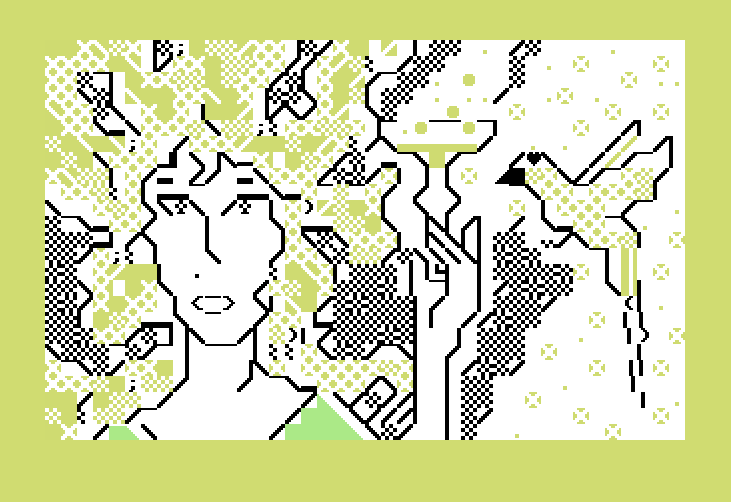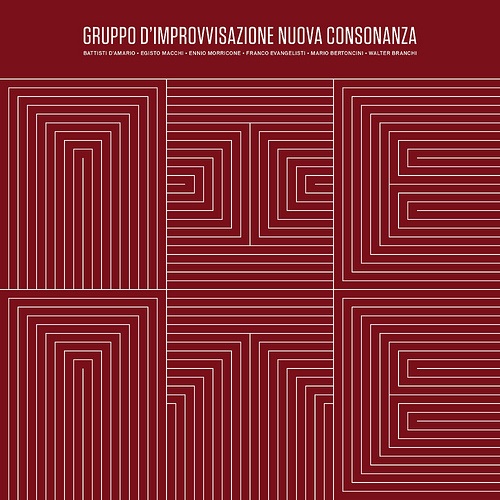Victor Vasarely installation
Terminal graphics has a new technique to convert pixel images to text. It combines ANSI shading, Unicode blocks and true color and the results can be displayed in a terminal (given the right font and terminal software). More details here.
Made by Tim C. Schröder, 2016.
Teletext love club at Tele 5 (spanish TV channel)
‘Fax & Frankering for Folket’ performance.
Original “Echidna, Mother Till Alla Monsters” from 2SLEEP1
Yaruo is one of the most popular Japanese ASCII characters, along with e.g Pedo Bear. The paper yaruo is from paper-craft.info.
PETSCII kaleidoscope from Kilobaud Microcomputing Magazine July 1979. h/t: Tim Koch. Reminds me of In A Loop by Ate Bit.
The Accident, C64 PETSCII by AcidT* 2014.
Automatic Gentleman. PETSCII by Ilesj, released last weekend.
The Galaksija computer and the graphics part of its character set. Designed by Voja Antonic in Yugoslavia, 1983. Screenshots from games and an adaptation of the classic Dancing Demon animation.
Also check µGalaksija, a single-chip remake of the Galaksija.
Gruppo di Improvvisazione Nuova Consonanza cover album


